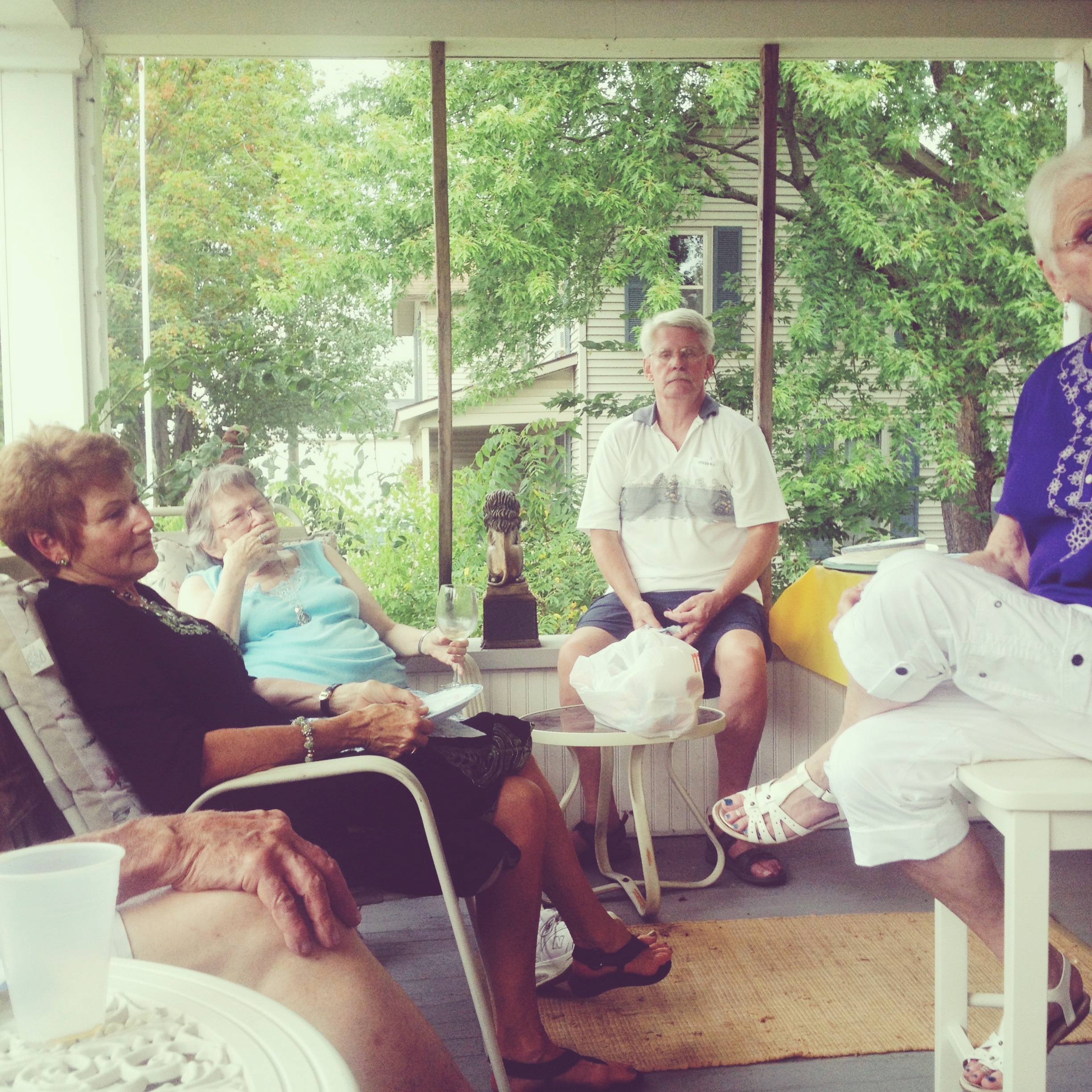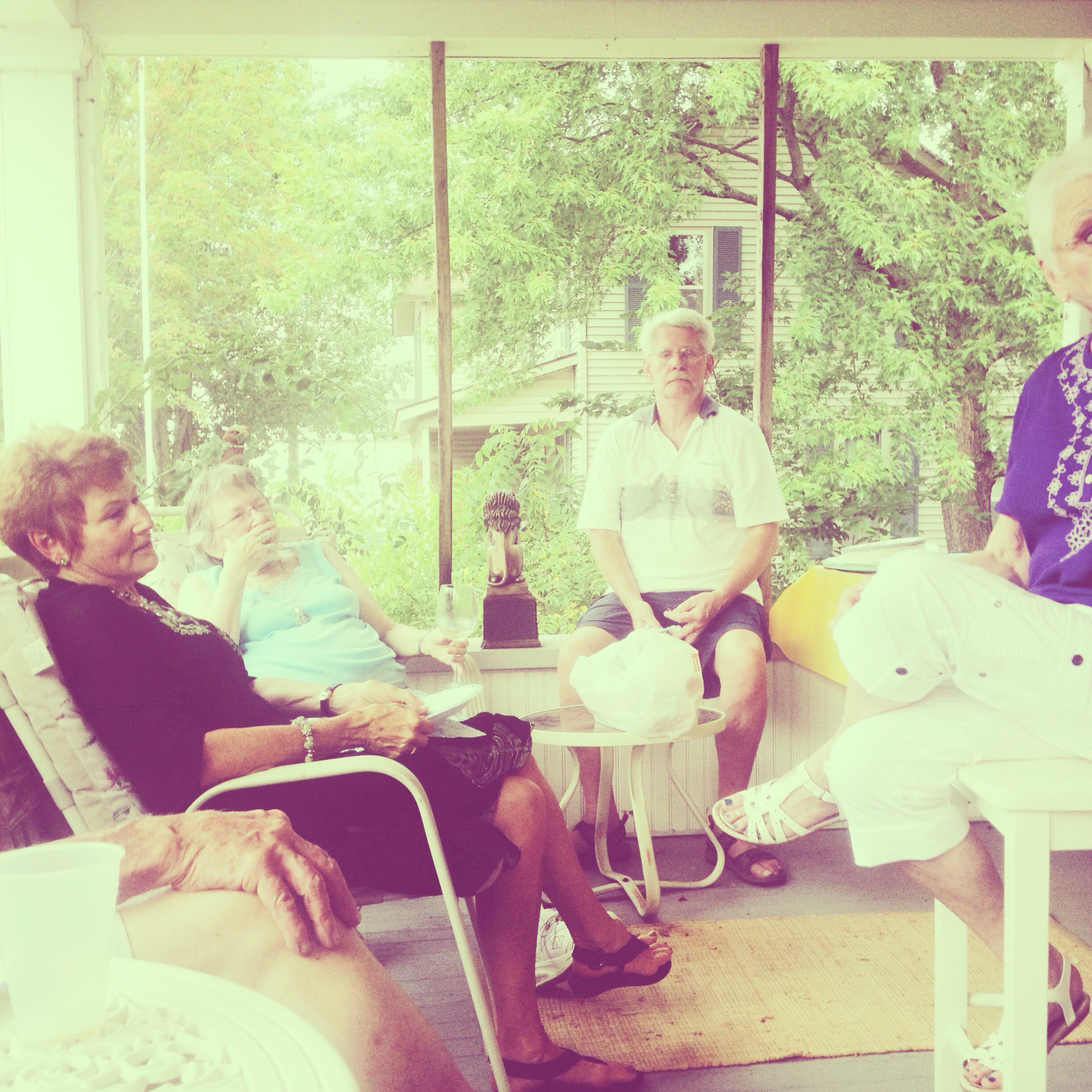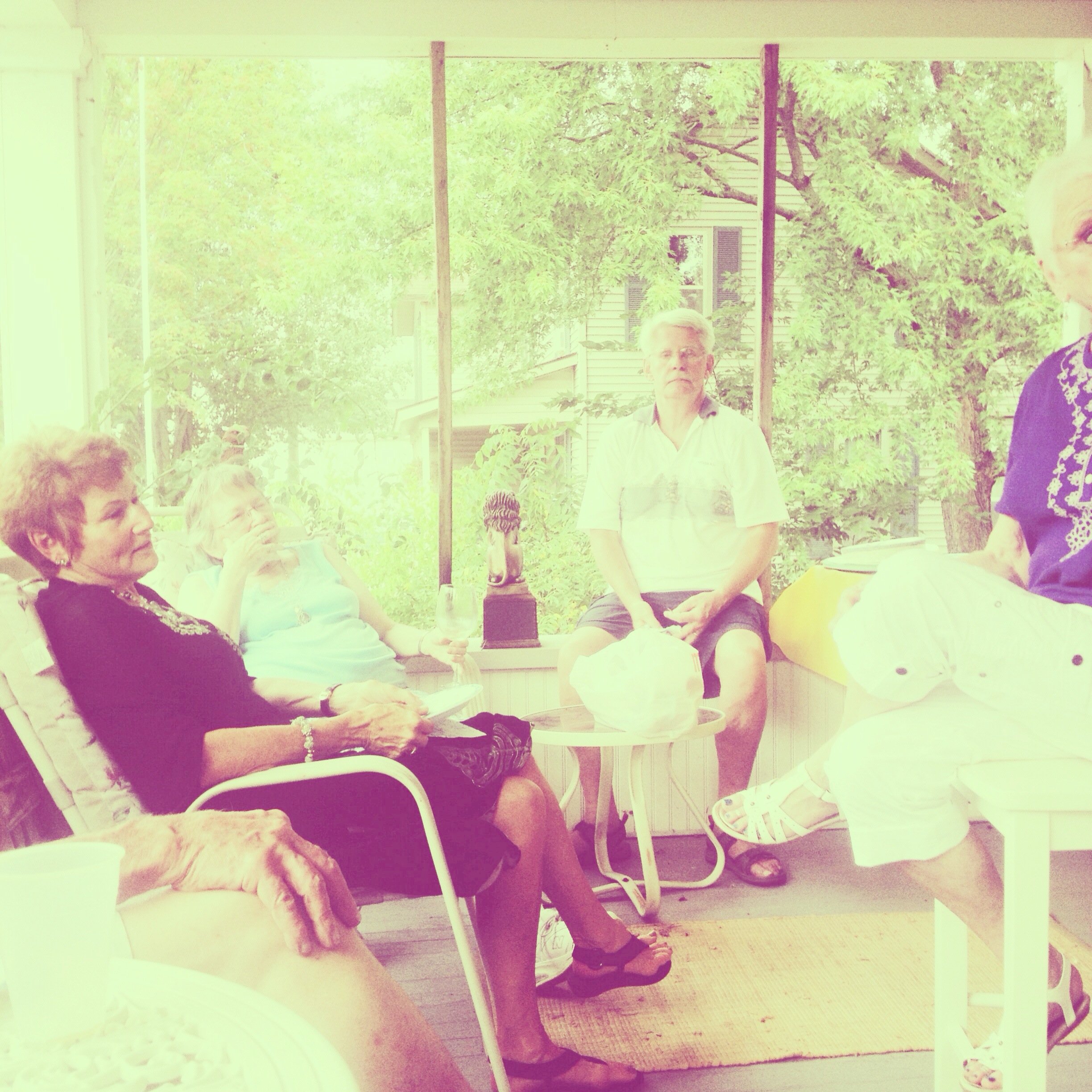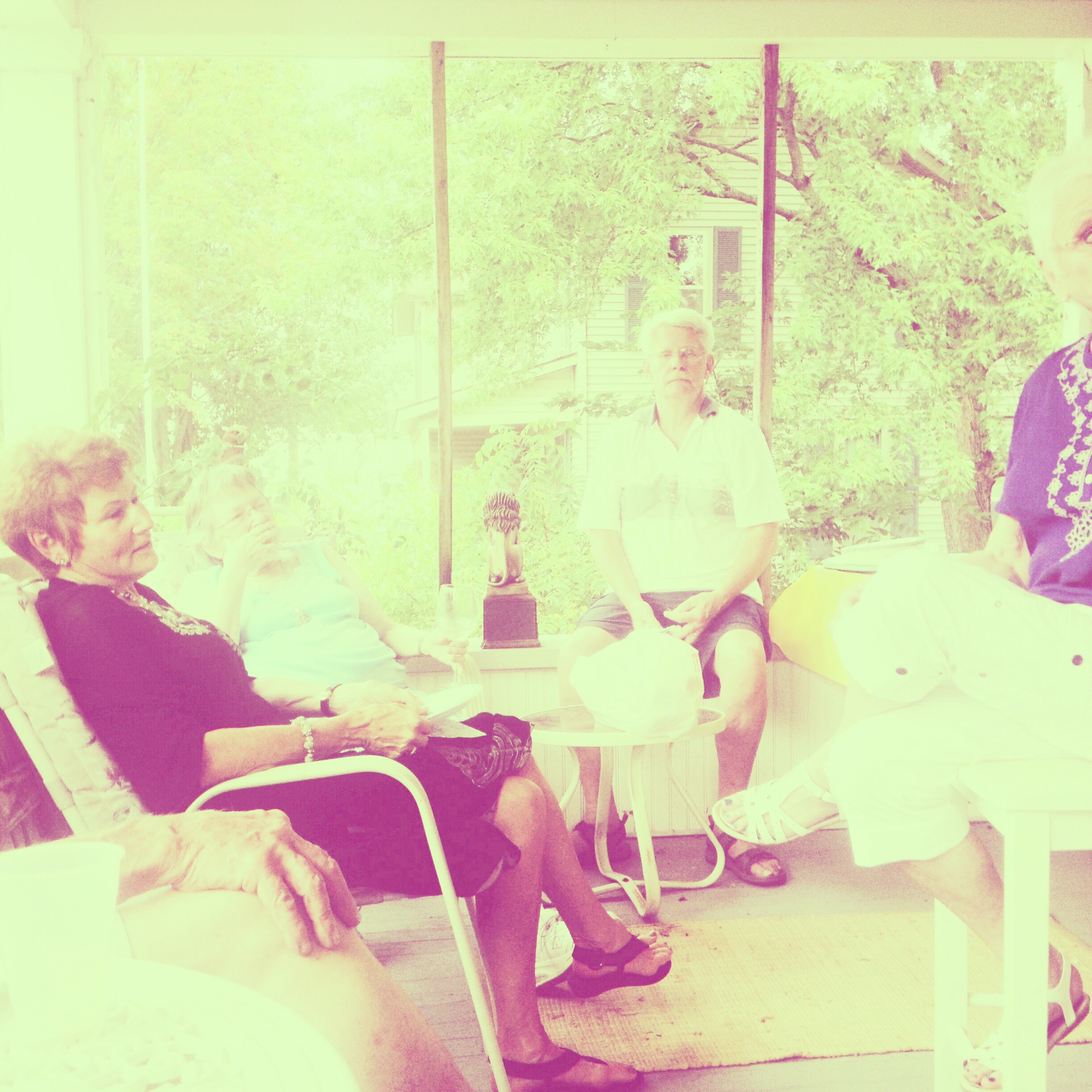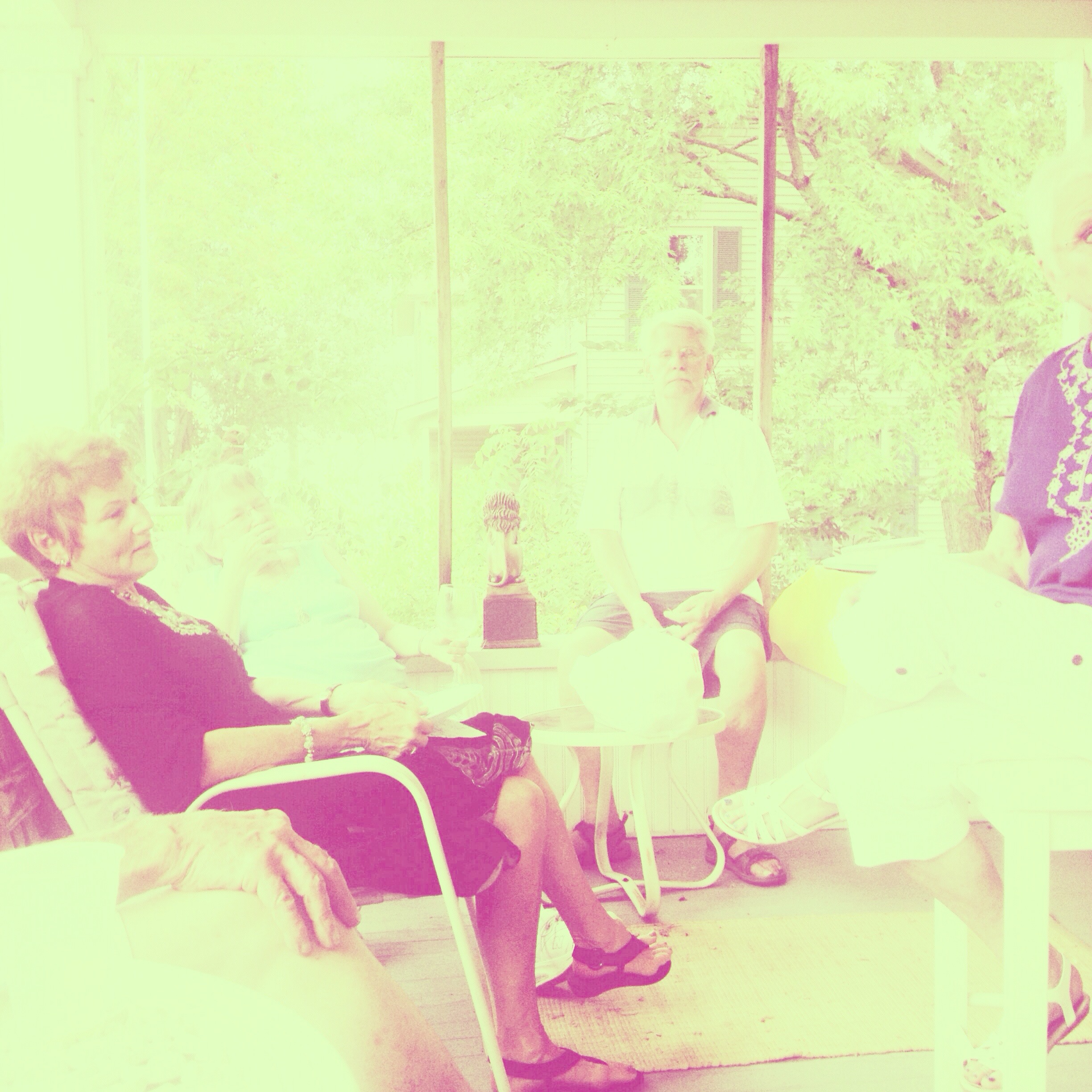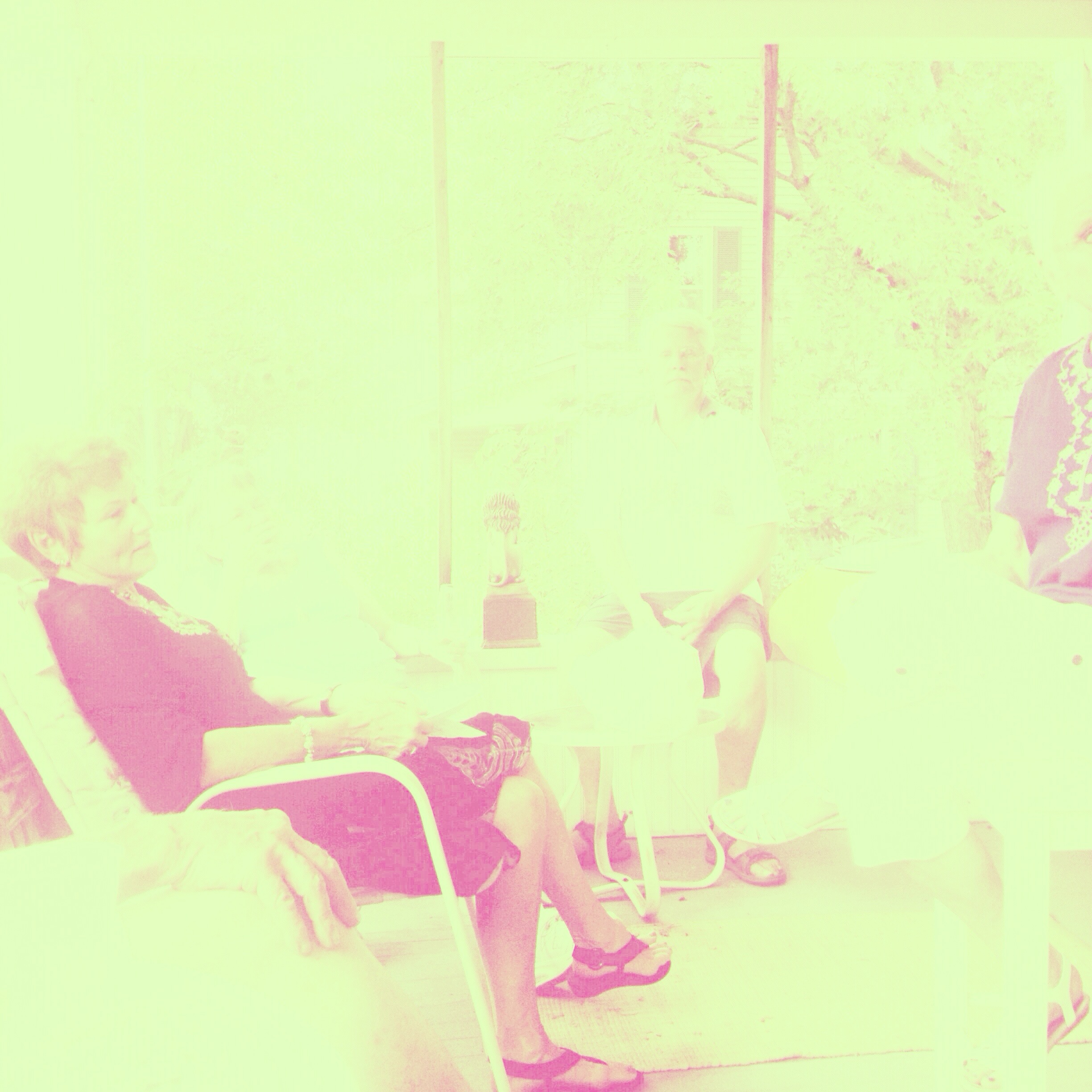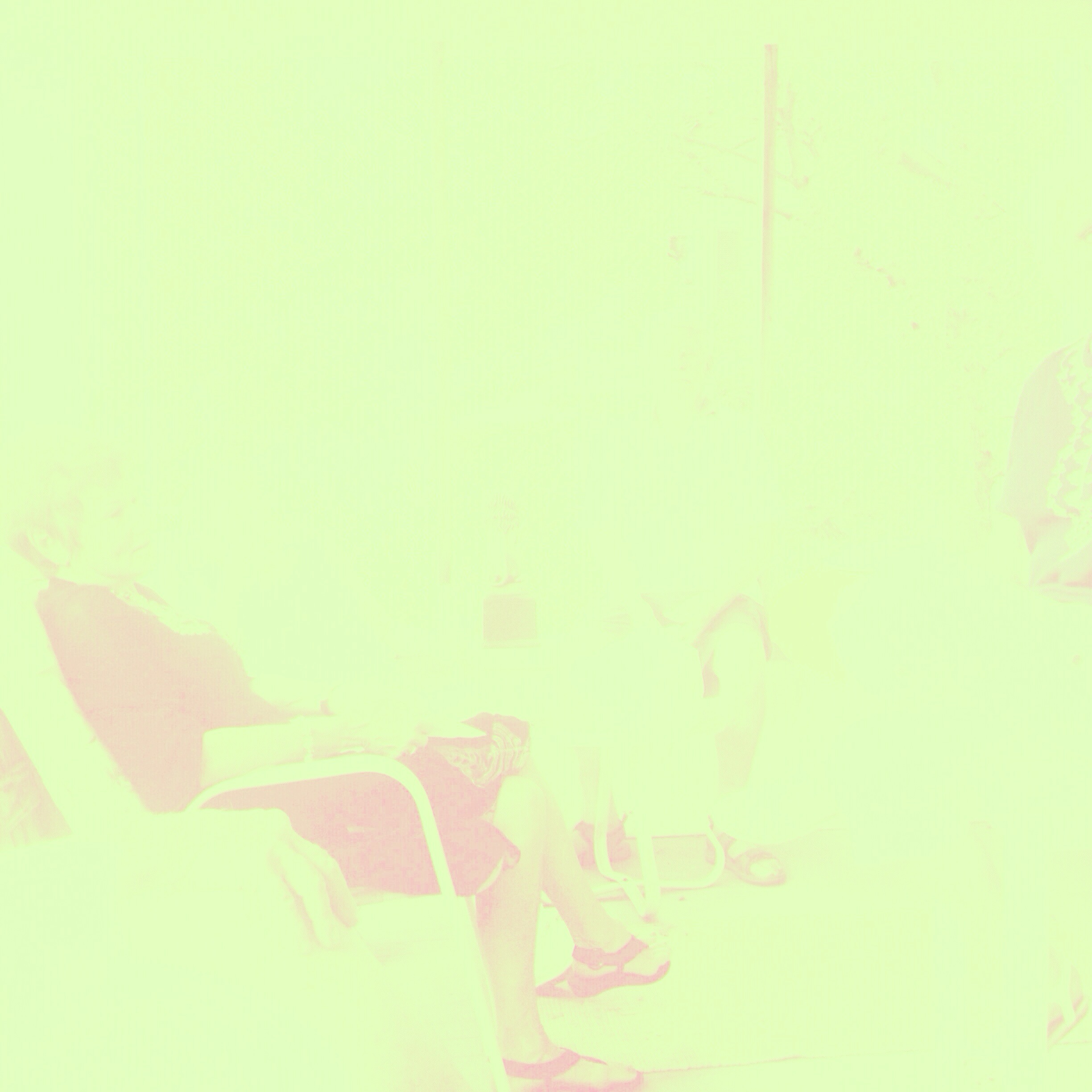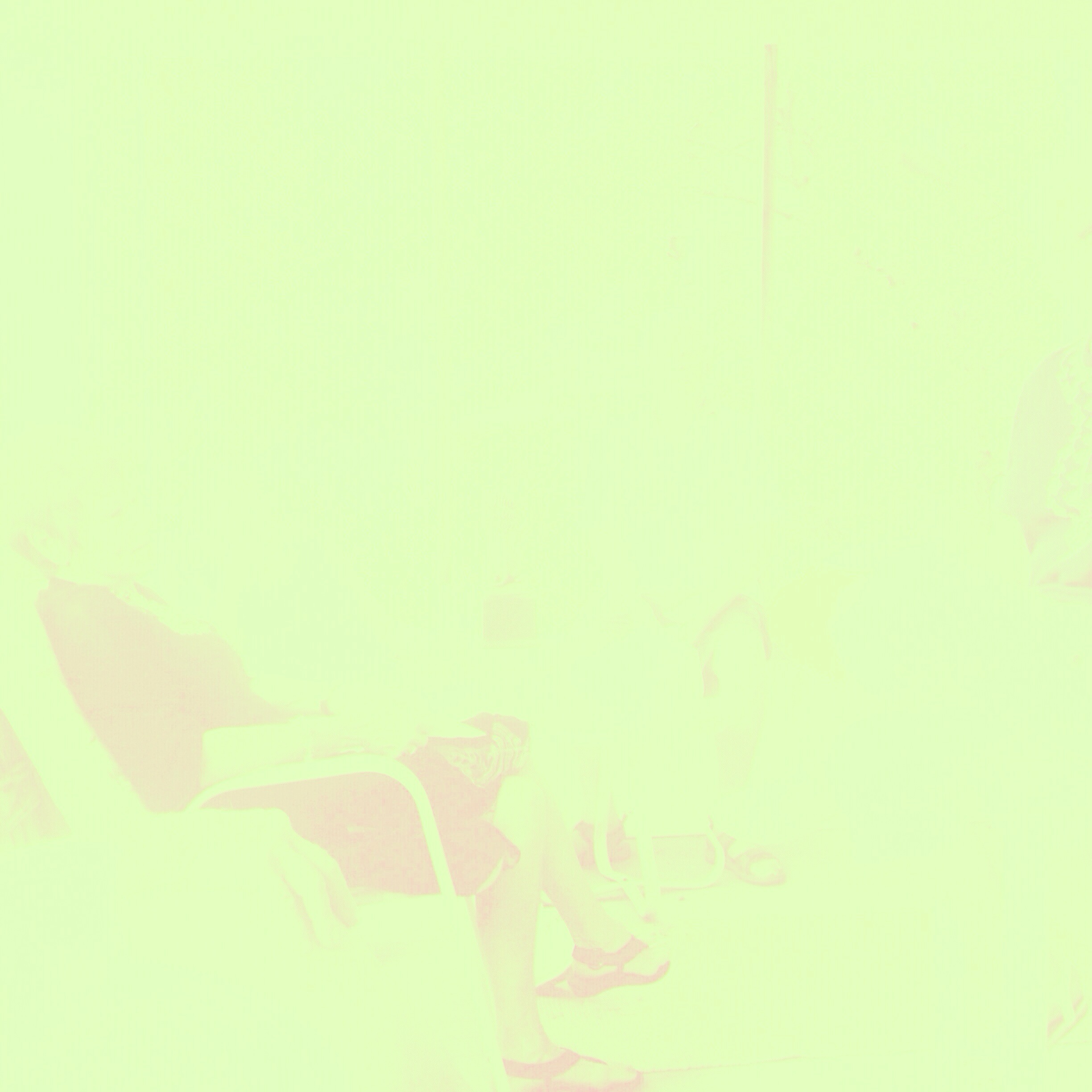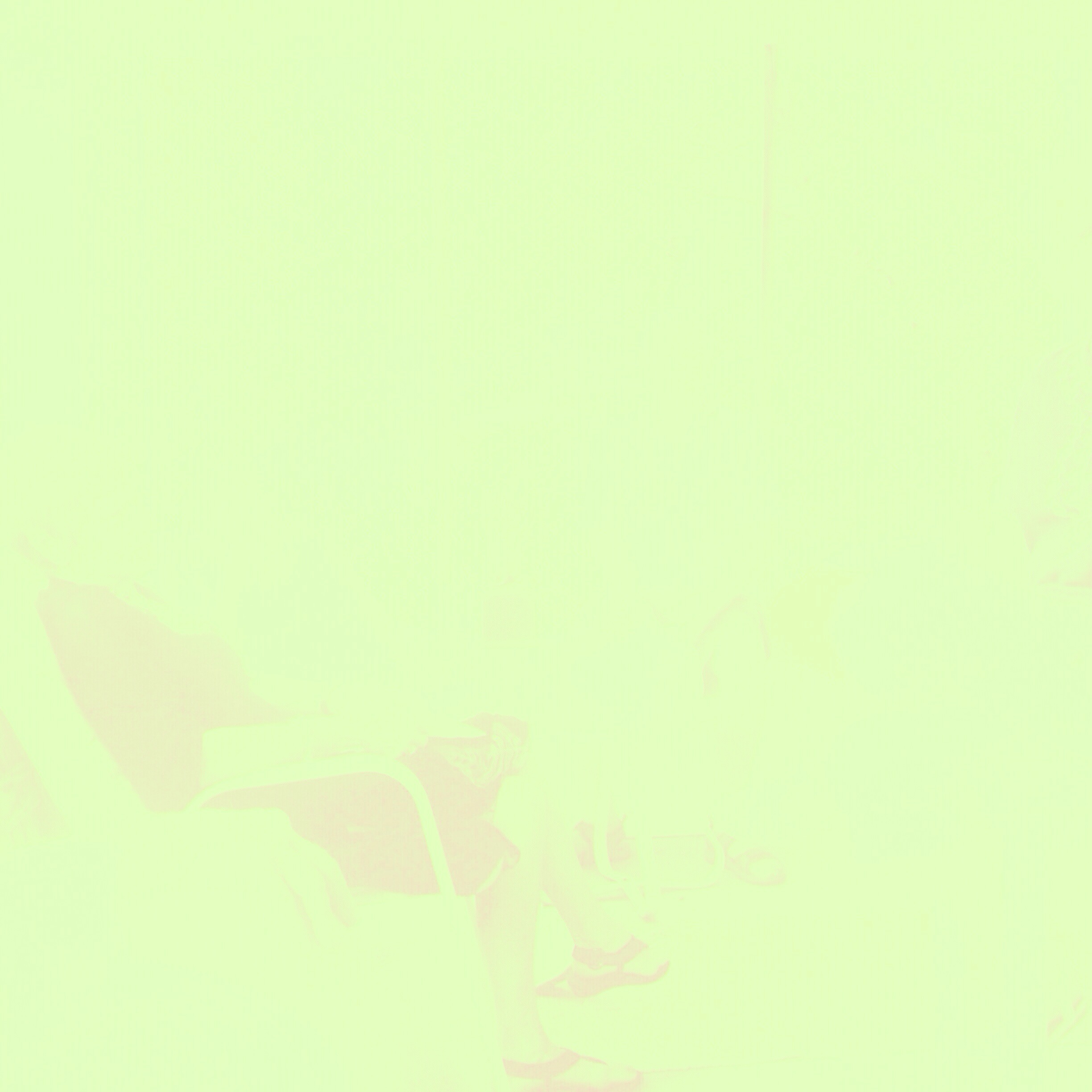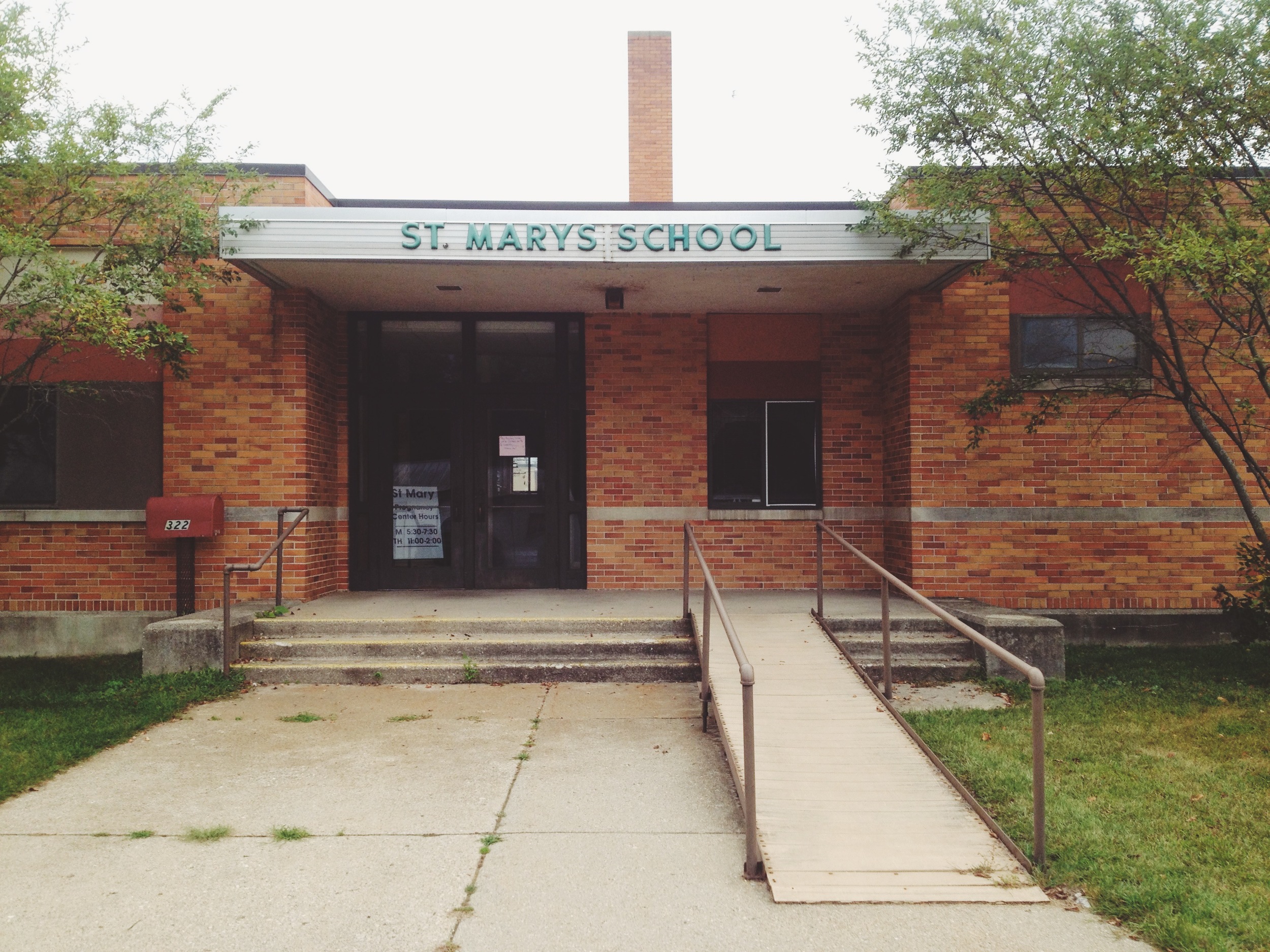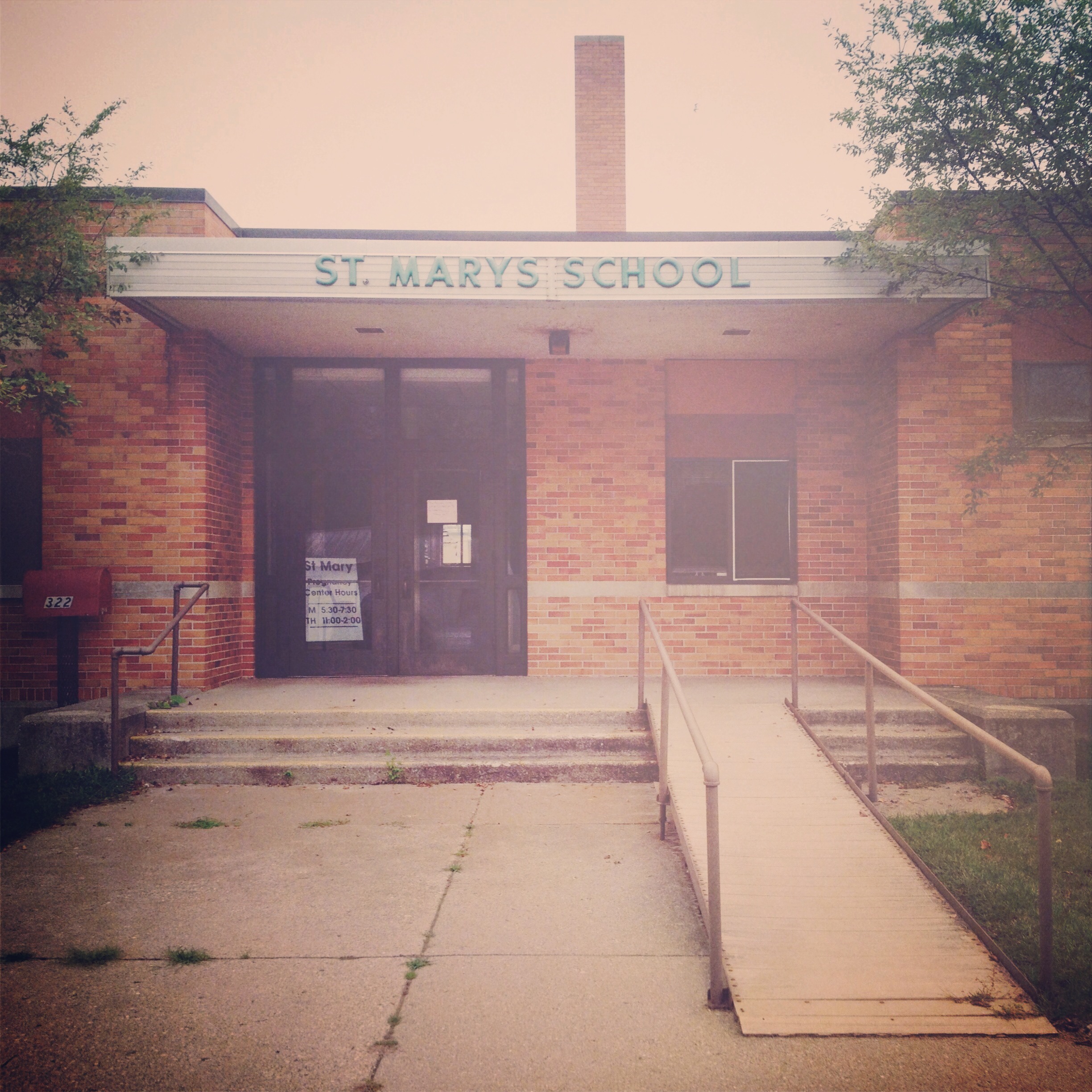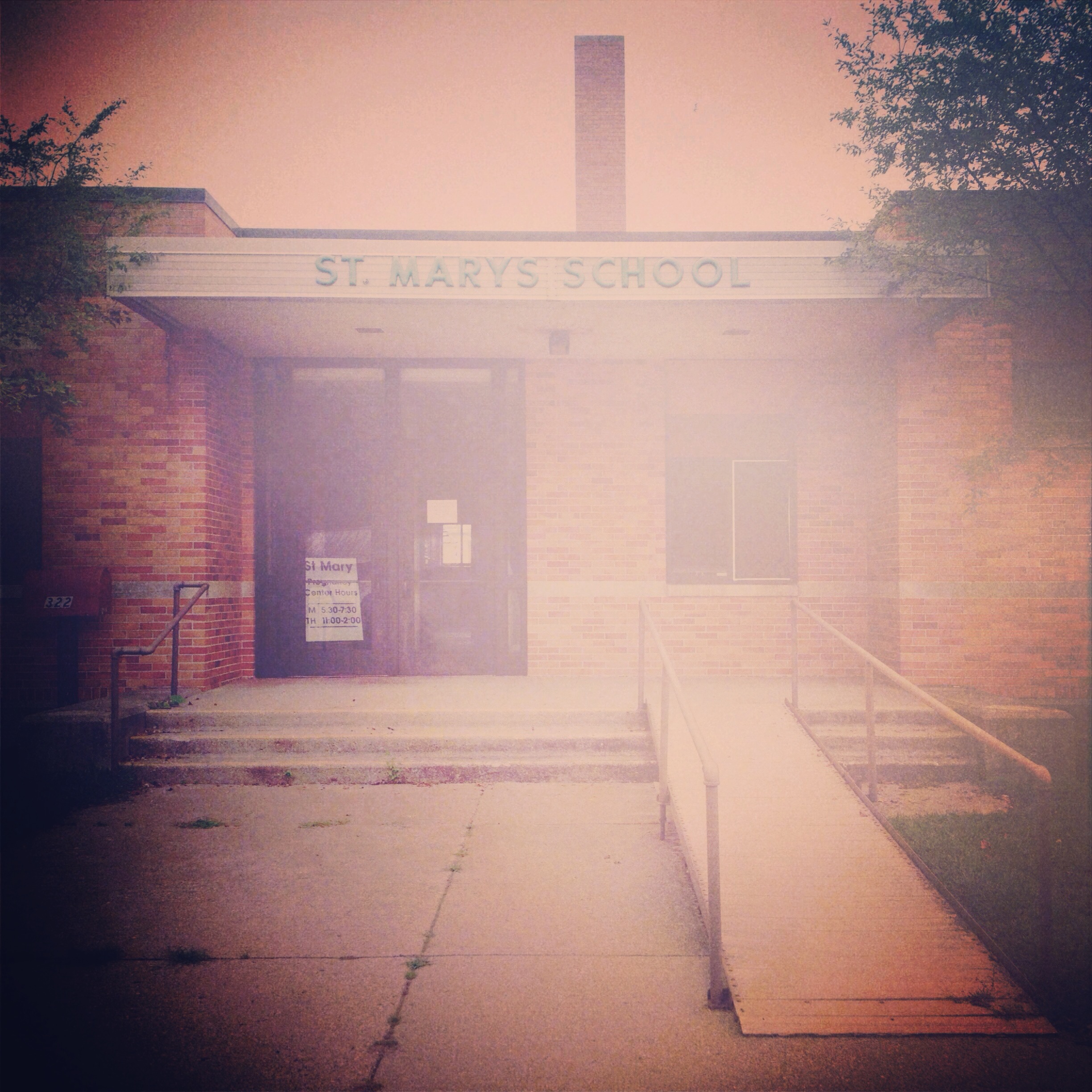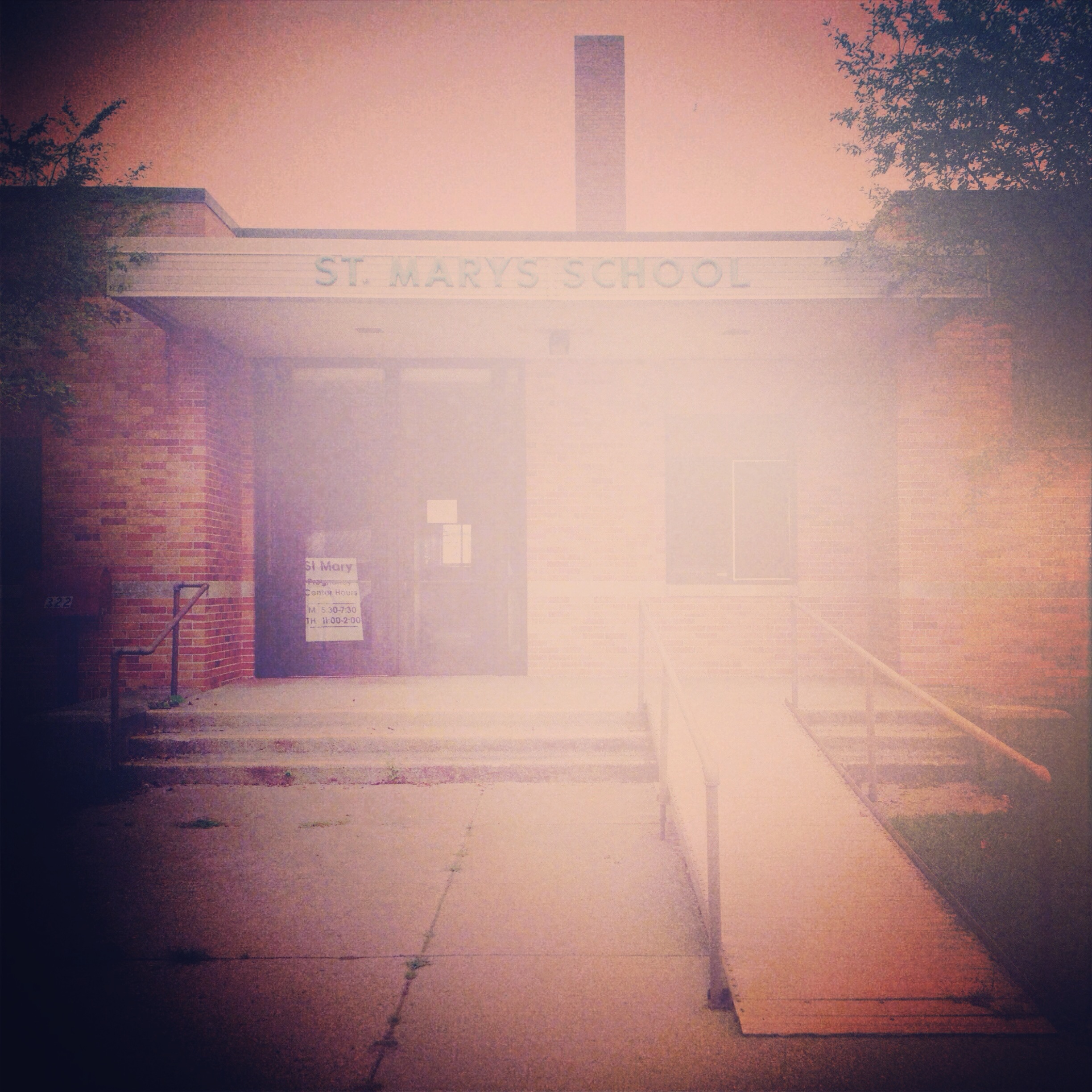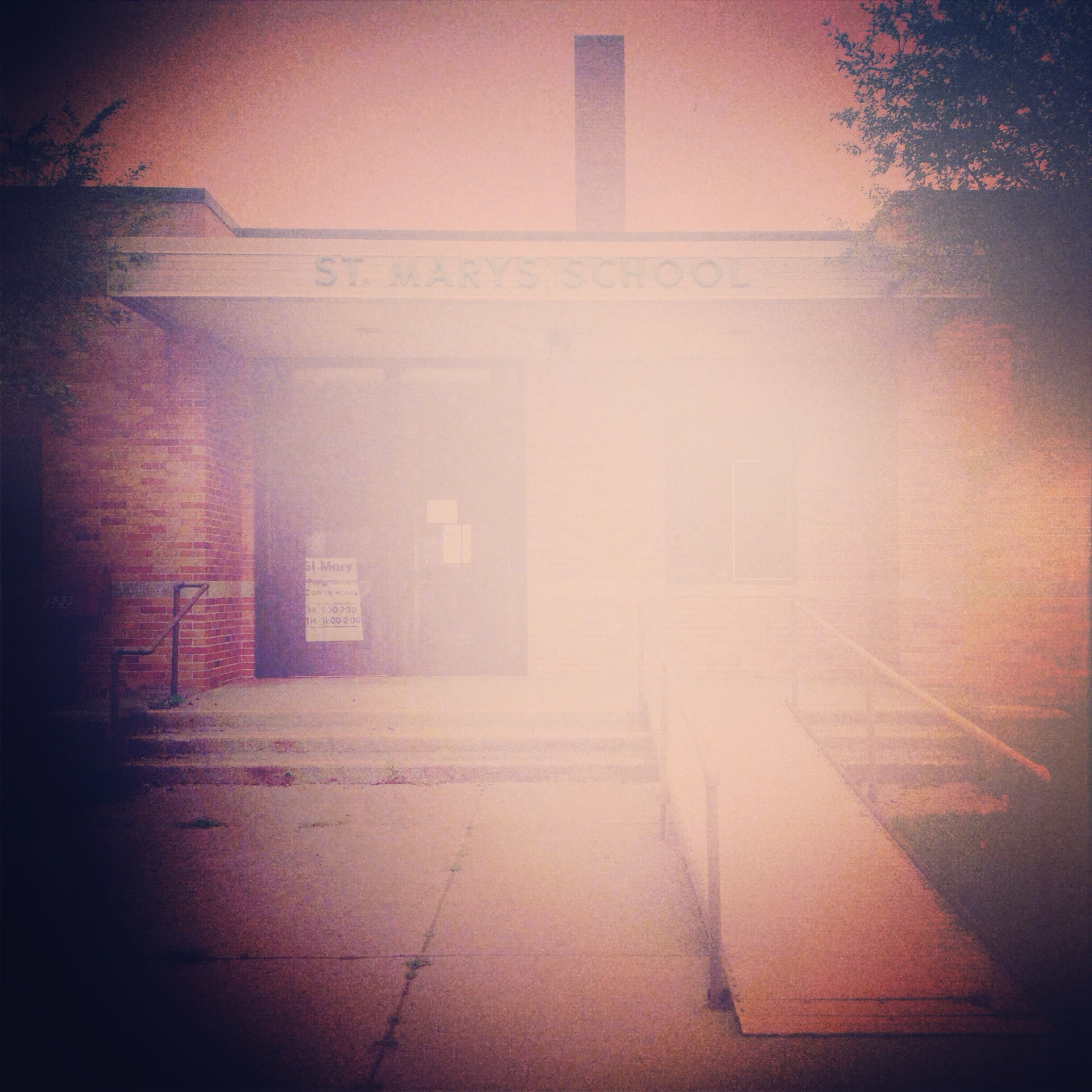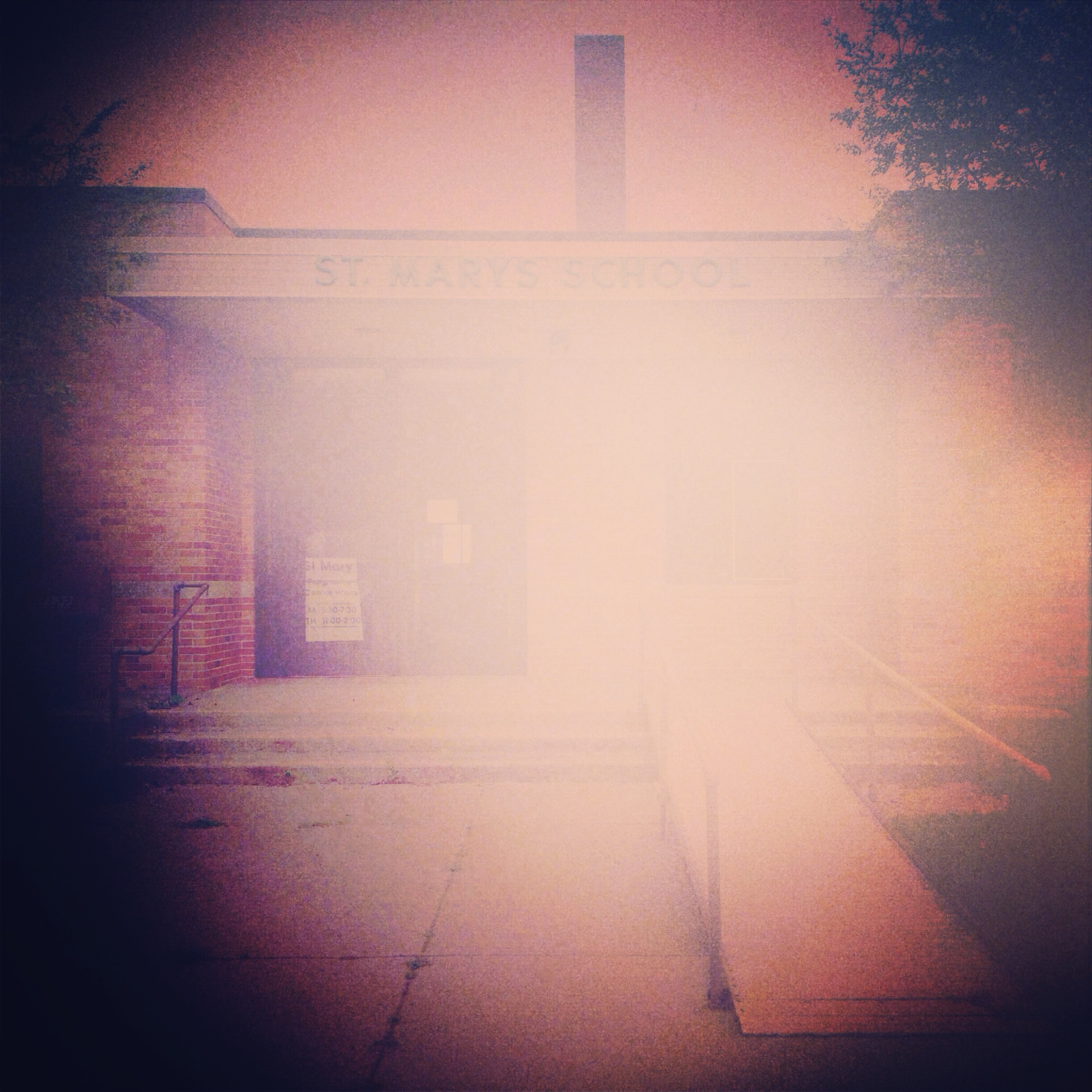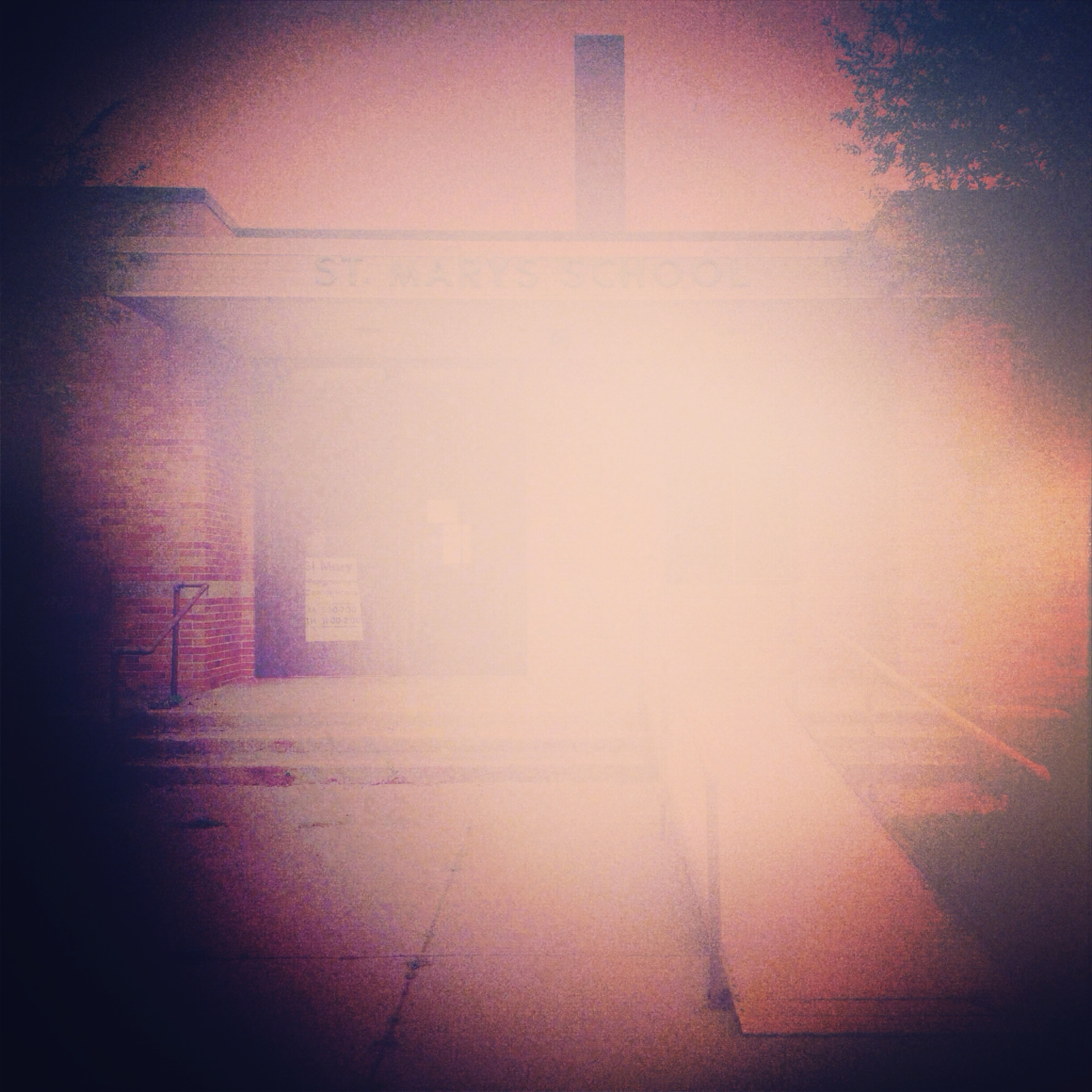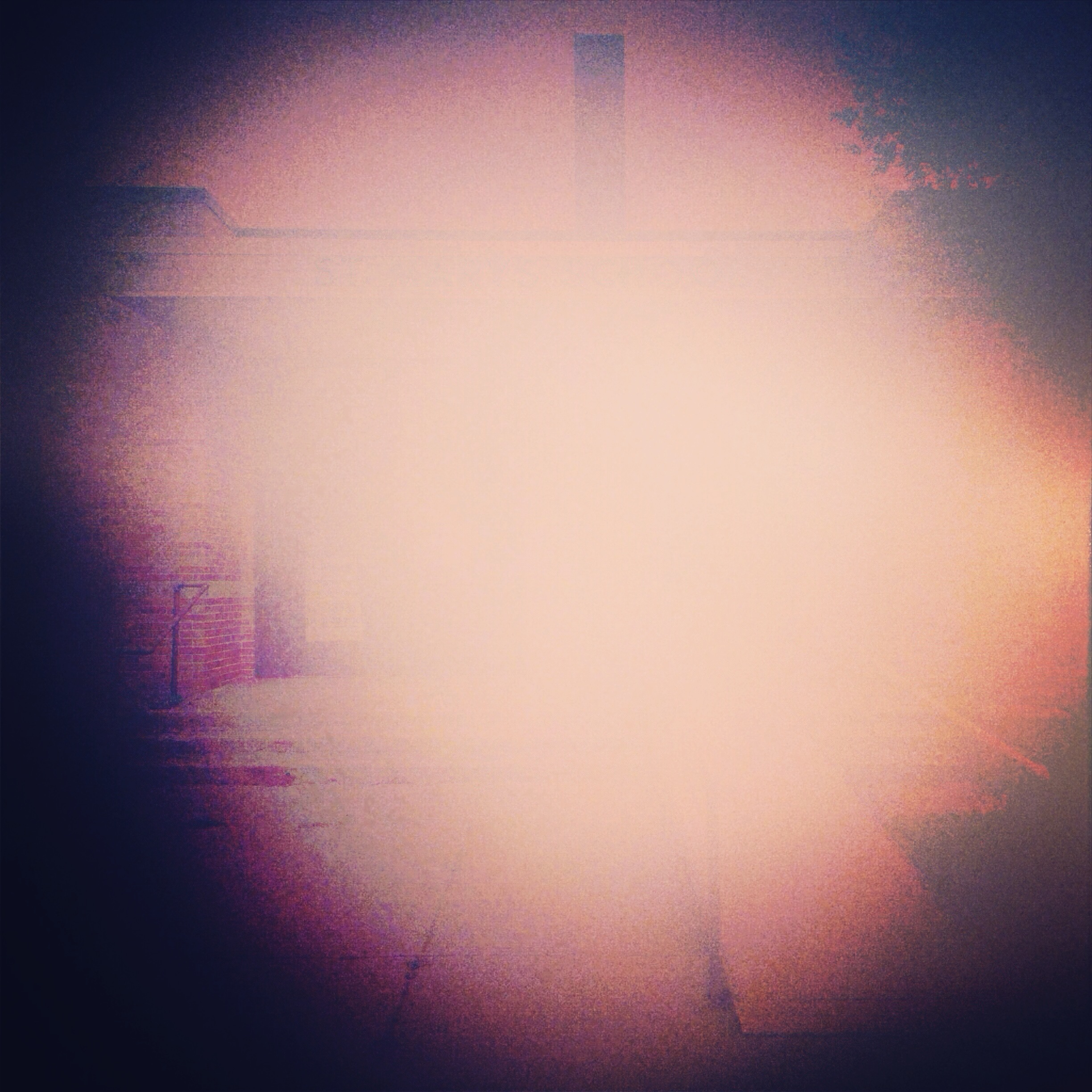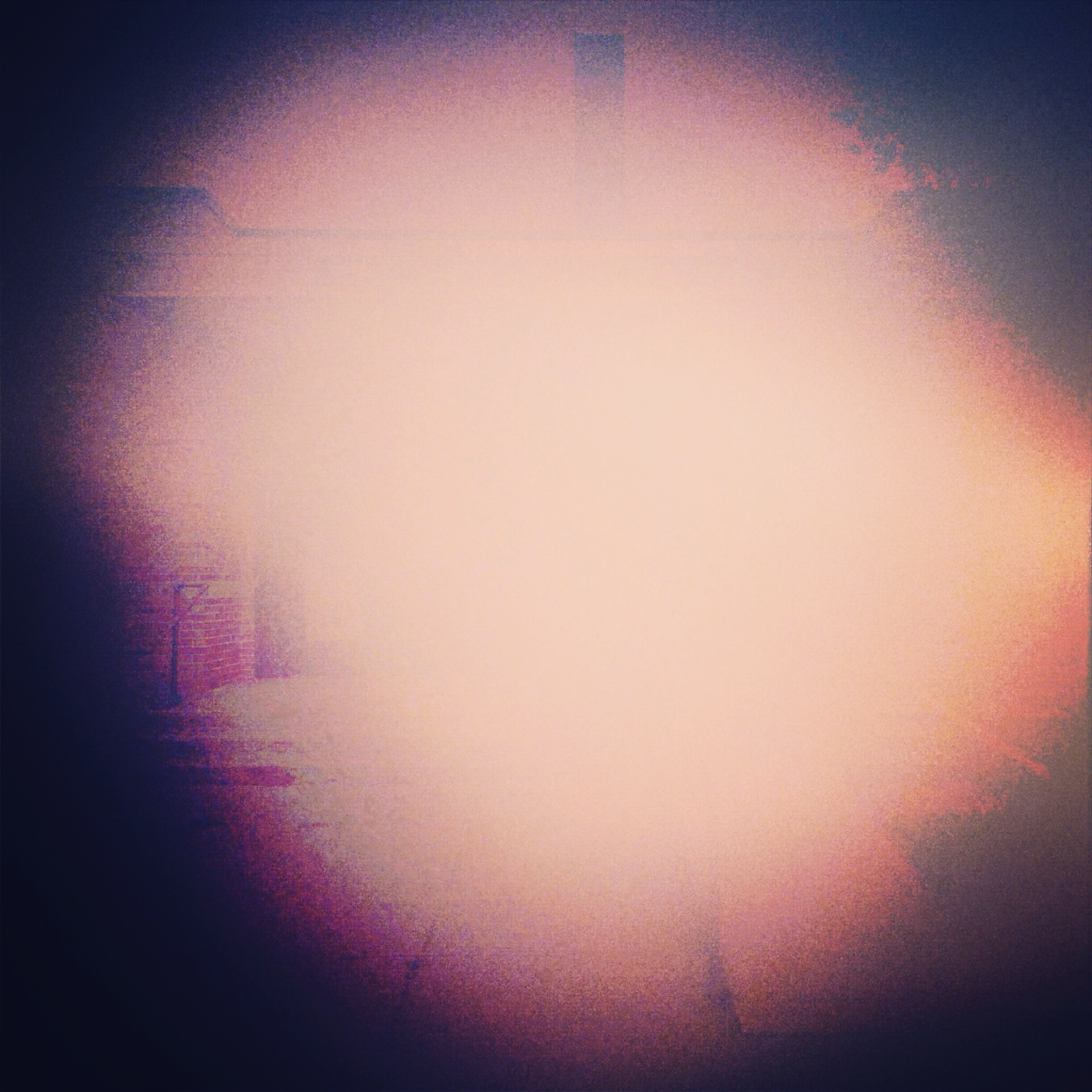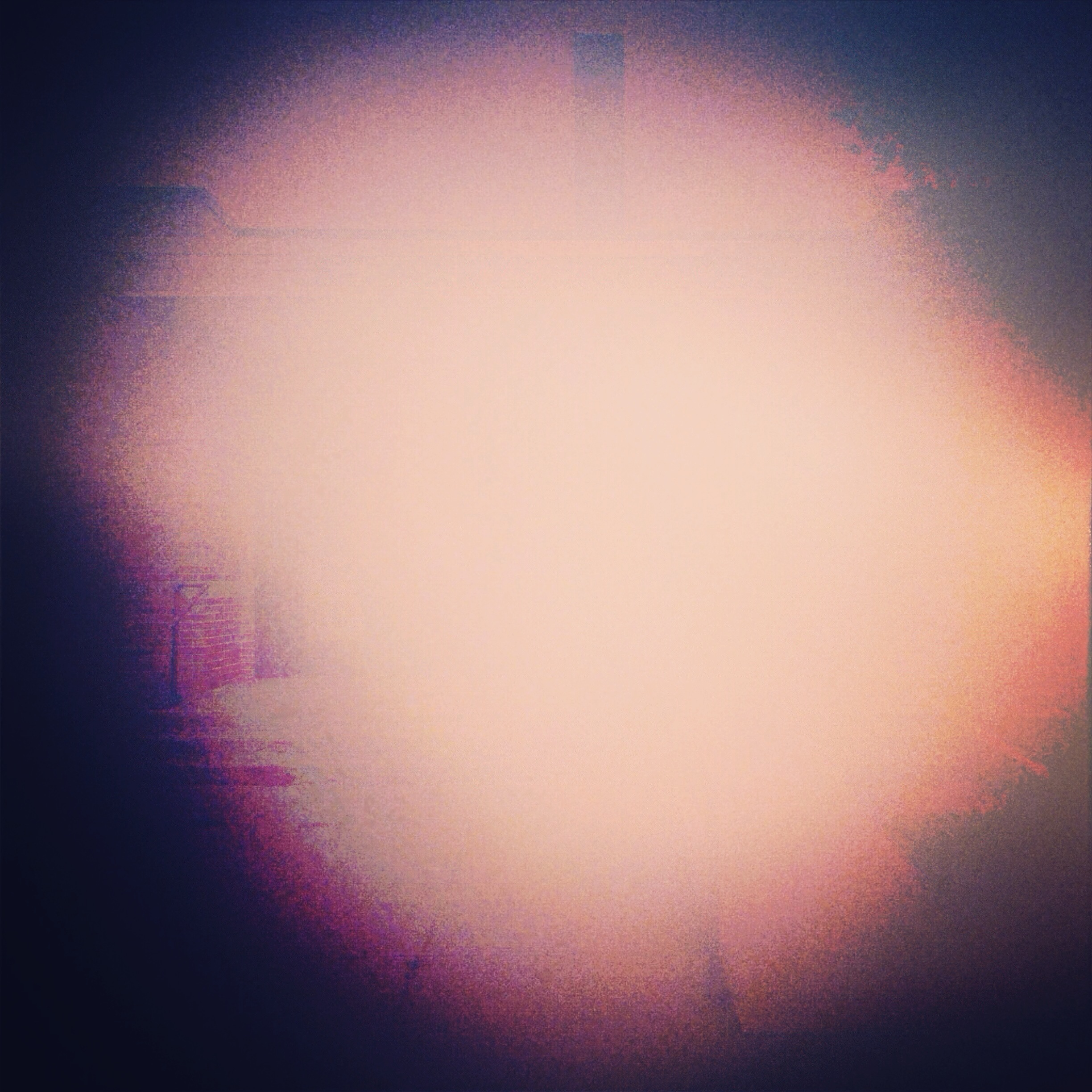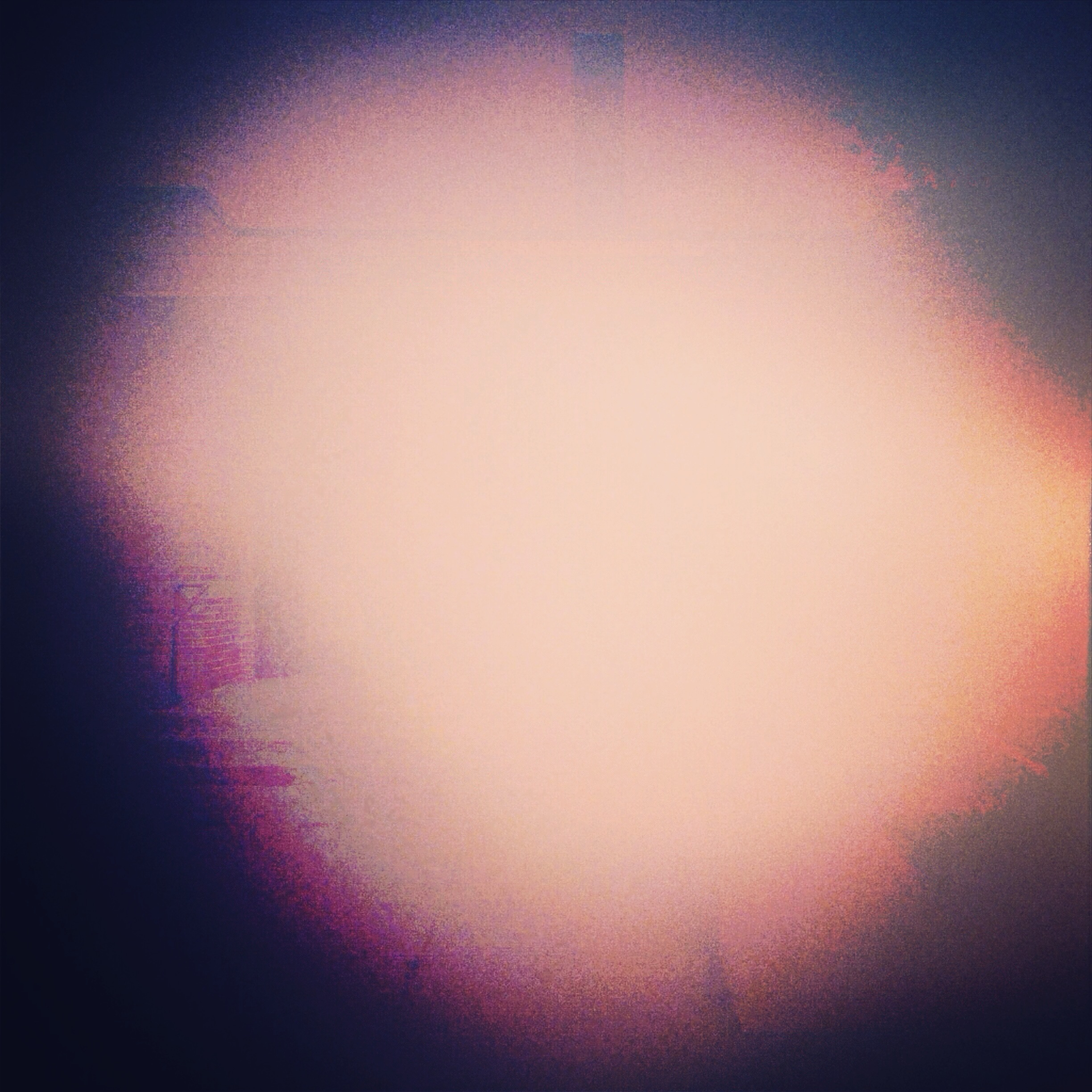




Experimenting
Experimenting
I deliberately took quite a roundabout way to get to where I ended up. I wanted this year to be a series of trying things out, talking to a bunch of people, and seeing what stuck. In the end, I think I got there, and these all have a sort of sense to them, if not quite a logical progression.
Re3 Story Hack
Re3 Story Hack
“Why is someone poor? Everyone has different answers, and those answers matter. We need to shift perceptions about those experiencing poverty. We need help crafting a story that inspires people to recognize our commonness and glimpse shadows of ourselves in the struggles of others.”
Early in my explorations, I had been writing about the cultural stories and myths around self sufficiency and what it means to be a success. I was looking into users including low income populations, the long-term unemployed, and those suffering with depression. So when this Hackathon came across my radar, it seemed like a great way to try out some of these ideas.
I spent a week visiting the organizations Lift Communities and Picture the Homeless, to talk with those affected and working daily with underserved populations, capped off with a weekend of creating a campaign to help change the message. Our team ended up producing a series of sharable gifs containing the emotions of those affected by poverty, with the idea that the emotions felt by those in tough situations are the same as the emotions felt by anyone. It was an interesting experiment, but left me feeling like this approach to the topic was way too broad, the "solutions" still feeling heavy handed. I was still trying to find the heart.

Soundstagrams
Soundstagrams
An Instagram experiment where I tested sharing sound only, no picture, in exploration of recording multi sensory experiences. Some findings:
- It's harder to get a reaction (sound is not scannable when you're playing with your phone while waiting in line, it requires much more engagement from the user.)
- What makes a good "sound snapshot"? We have a sense of what makes a good photograph, but what distinguishes a 15 second clip of ambient sound from a bad one?
- The most compelling one was the musician at Grand Central. (Our brain, it likes structure!)

Degradation of a memory
Degradation of a memory
Not quite a prototype, and a little more of an art piece and thought, but I started playing with Instagram filters as an analogy for how you rewrite a memory every time that you access it.
TIme Capsules for a Digital Age
Poeisis
Poeisis

Experience Music Boxes
Experience Music Boxes
Prototype 2: Experience “Music Boxes”
This idea came from thinking about musical heirlooms, and thinking about the physicality of “heirlooms” - what sort of thing might use music to capture a memory, and keep it for generations without the format (cassette, CD, mp3, digital stream that I don’t own at all) becoming obsolete? And could you translate an experience into a musical experience in a meaningful, and repeatable way?
So to start with, I took the very simplest amount of data, my movements over a week in time captured by OpenPaths, and translated it onto a punchcard music box. To make it even simpler (as I didn’t want to spend too much time for this initial proof figuring out code) I took just my latitude data over time - because I don’t drift all that far east or west in my daily travels. North is high, south is low.
Here’s a video of norburysvaixd testing it out for me in class.
Learnings:
- It would take a lot more work to make the output actually meaningful (something I knew going in that my simplistic translation wasn’t really going to get at.) There are some really interesting projects in this realm, like this one, that raemilne sent over, though it doesn’t quite get at meaning on its own. There’s a nugget in there that I’m still interested in, and kind of hope to pursue with some musically inclined friends, but what this really drove home for me is that…
- I want to make a storytelling project. It’s that rich layered memory that really gets to the emotional heart of what I want to explore. Which is all of us figuring out why we’re here, in that beautiful messy way that we do. And using music as the hinge and the trigger for that is where I want this thing to go. (It’s a storytelling project with music as the “hook.” Get it? Hook? I’ll see myself out.)
Blog Post
January 20, 2014
Fresh Start Brainstorming
My current thesis tangent, which is an idea I had over break, is to make personalized music boxes out of people’s data. Personal soundscapes, our memories encoded in music. I am a little bit excited about this, and can see myself headed in this direction, and it’s a the very least something I want to invest in over the next few weeks, before that deadline gets too pressing. I mentioned it to a friend who is studying ethnomusicology, (we’ve been hunting for a project to collaborate on for a while) and she got back to me with this, which I’m just going to put here in it’s entirety, because it’s exactly what I was thinking + she took it further. (Yay, collaboration.)
you could also use the movement of people through the city (at specific times) to create pitch and timbre (color), perhaps by incorporating something like temperature data or available sunlight of the places where people are walking/moving (with a light-meter maybe?). For example, its dark in the subway, but also in the parts of the city where the sun can’t actually reach because of the tall buildings. We could somehow translate those things into pitch (high and low temperatures) and timbre (a warm tone for sunlit areas etc) and/or other musical elements. (This is pretty basic, but we could think of something more creative/intelligent later). The result would be some kind of sound art that reflects the phenomenology of movement through a particular city space as well as elements of everyday life in those spaces (like weather).
But more importantly (and interesting), we’d also capture things like the history, politics or economic systems of the city and the way those govern our movements through it. For example, those tall buildings that block the sun are a product of/governed by capitalism, for instance, and therefore so are the actual ways our bodies move through these spaces, impacting things like emotion and memory, which in turn influences our subsequent movement (a neat little dynamic progression). For example, I’m sad and cold when I have to walk down a dark sidewalk in the afternoon (b/c of the buildings) and so I walk faster to get to the sunlight. We would be incorporating actual individuals into the mix too (more than just using their GPS data) because their choices about how to move through the city (circumscribed as those choices may be) would be reflected in the sounding result, which is hugely important.





